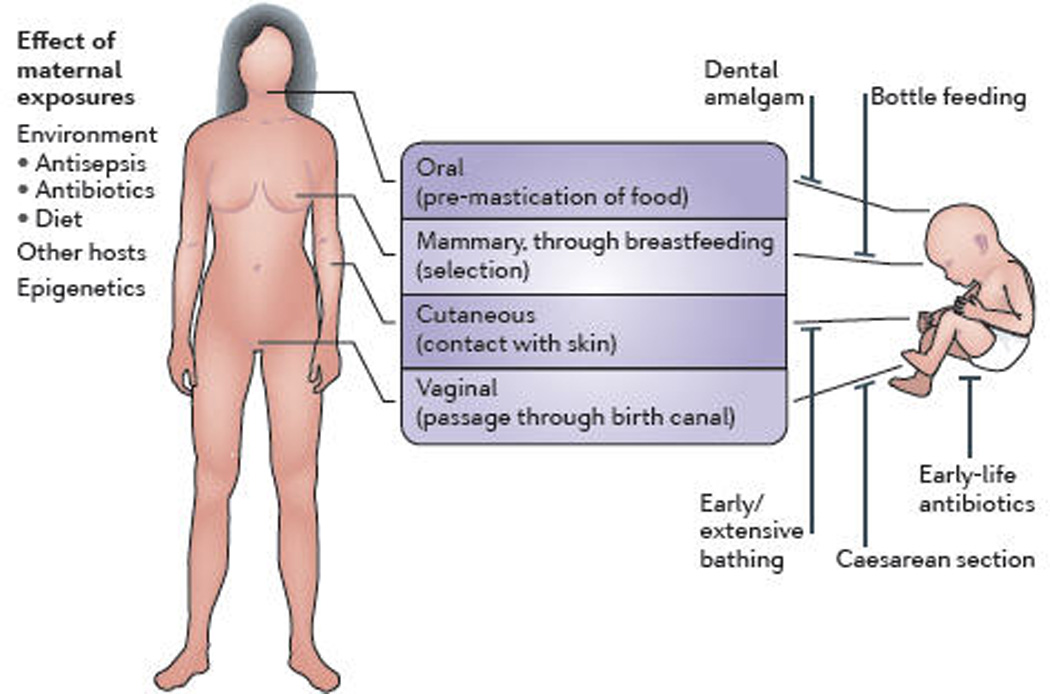Figure 3. Acquisition of the microbiome in early life by vertical transmission and factors modifying mother-to-child microbial transmission.

Through live-birth, mammals have important opportunities for mother → child microbial transmission, via direct-surface contact. However, many modern practices can reduce the organism and gene flow; several examples are illustrated. After initial introductions, there is strong selection by hosts for microbes with specific phenotypes, consistent with the extensive conservation shown in Figure 1. Acquisition is modified by offspring genetic and epigenetic differences (with respect to both maternal and paternal genes) that inform the competition for host resources by the vertically transmitted and environmentally acquired microbes. Ancestral organisms that have particular tissue- and niche-specific adaptations facilitate tissue tropisms and are selected, explaining the conserved niche-specificity compositions.
